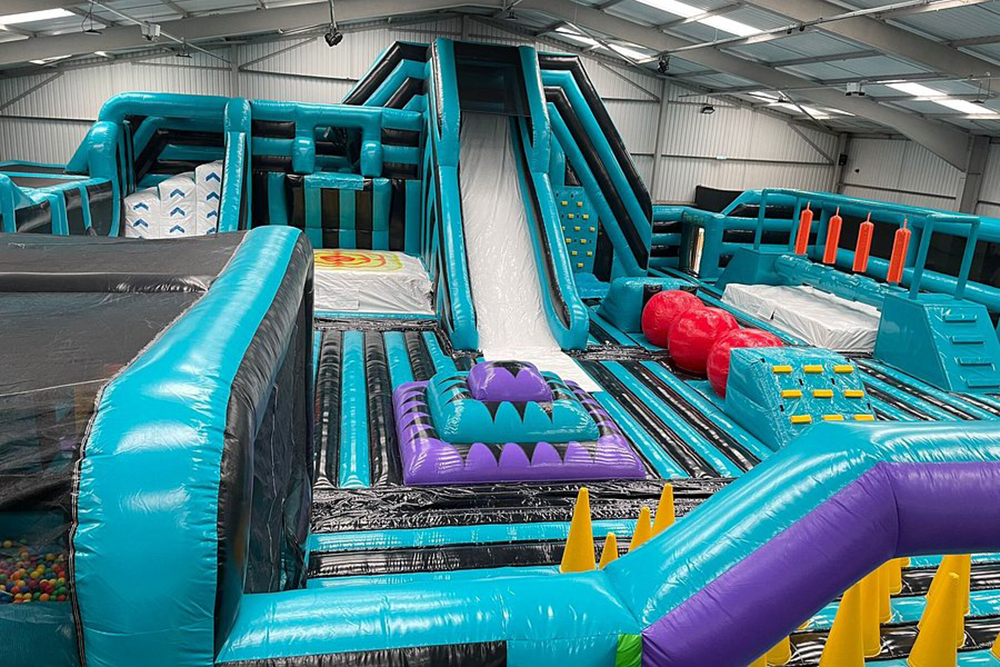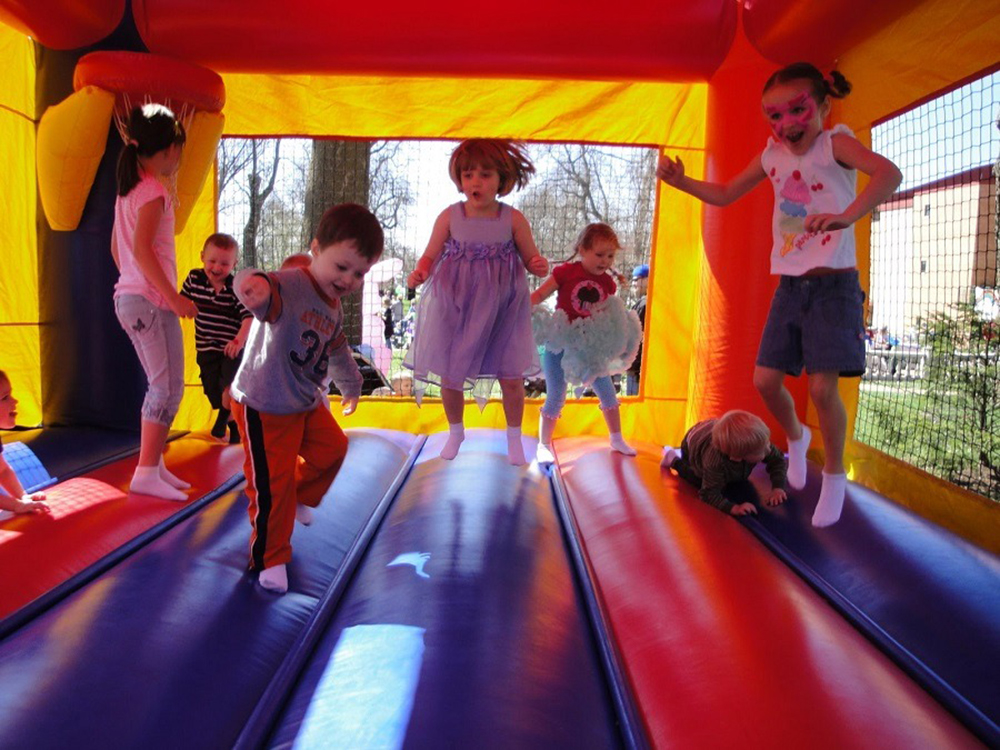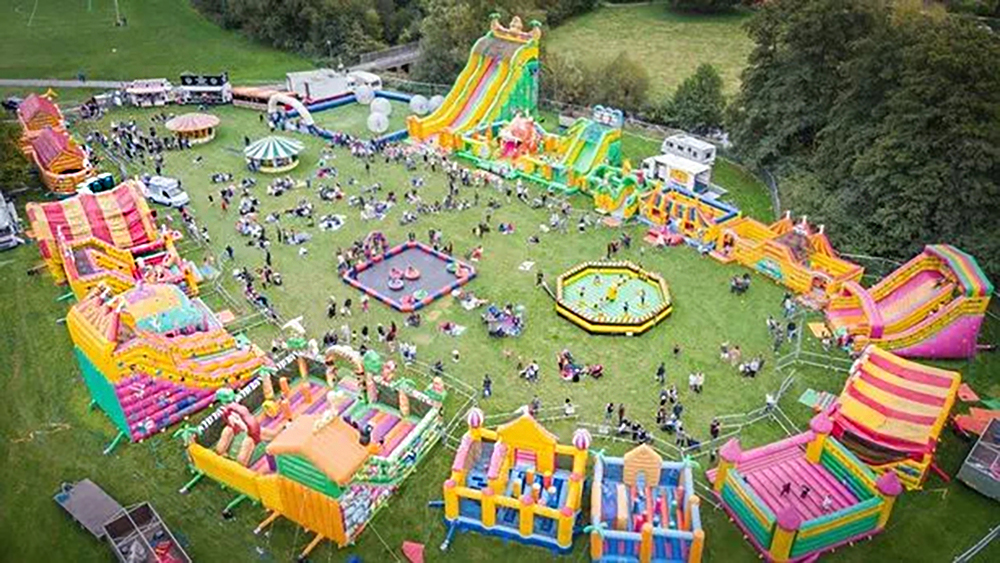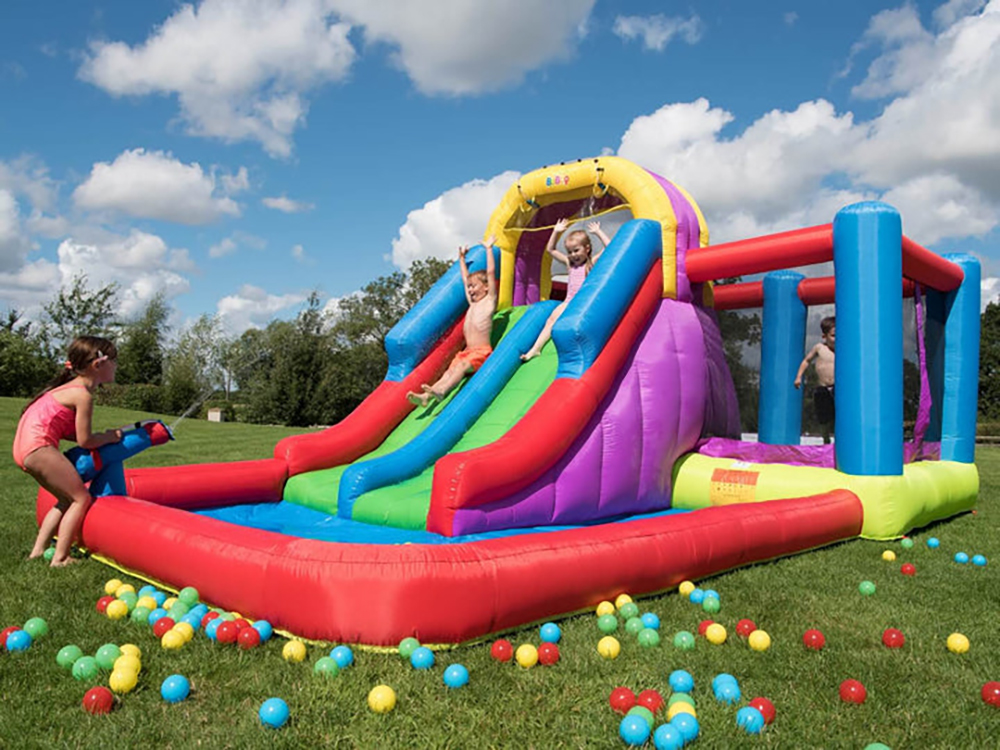
기쁨을 위한 점프: 아이들을 위한 탄력 있는 하우스 배쉬를 선택해야 하는 5가지 중요한 이유
일반적인 생일 축하 행사에서 흥미로운 변화를 찾고 계십니까? 자녀와 친구들에게 잊지 못할 경험을 선사하고 싶으신가요? 더 이상 검색하지 마세요. 활기 넘치는 하우스 파티가 답입니다. 바운시 하우스 파티는 아이들이 바운싱, 슬라이딩, 오르기 등을 즐기며 즐거운 시간을 보낼 수 있는 모임입니다. 이러한 팽창식 바운스 하우스는 다양한 형태와 크기로 제공되므로 야외 및 실내 축제에 이상적입니다.



